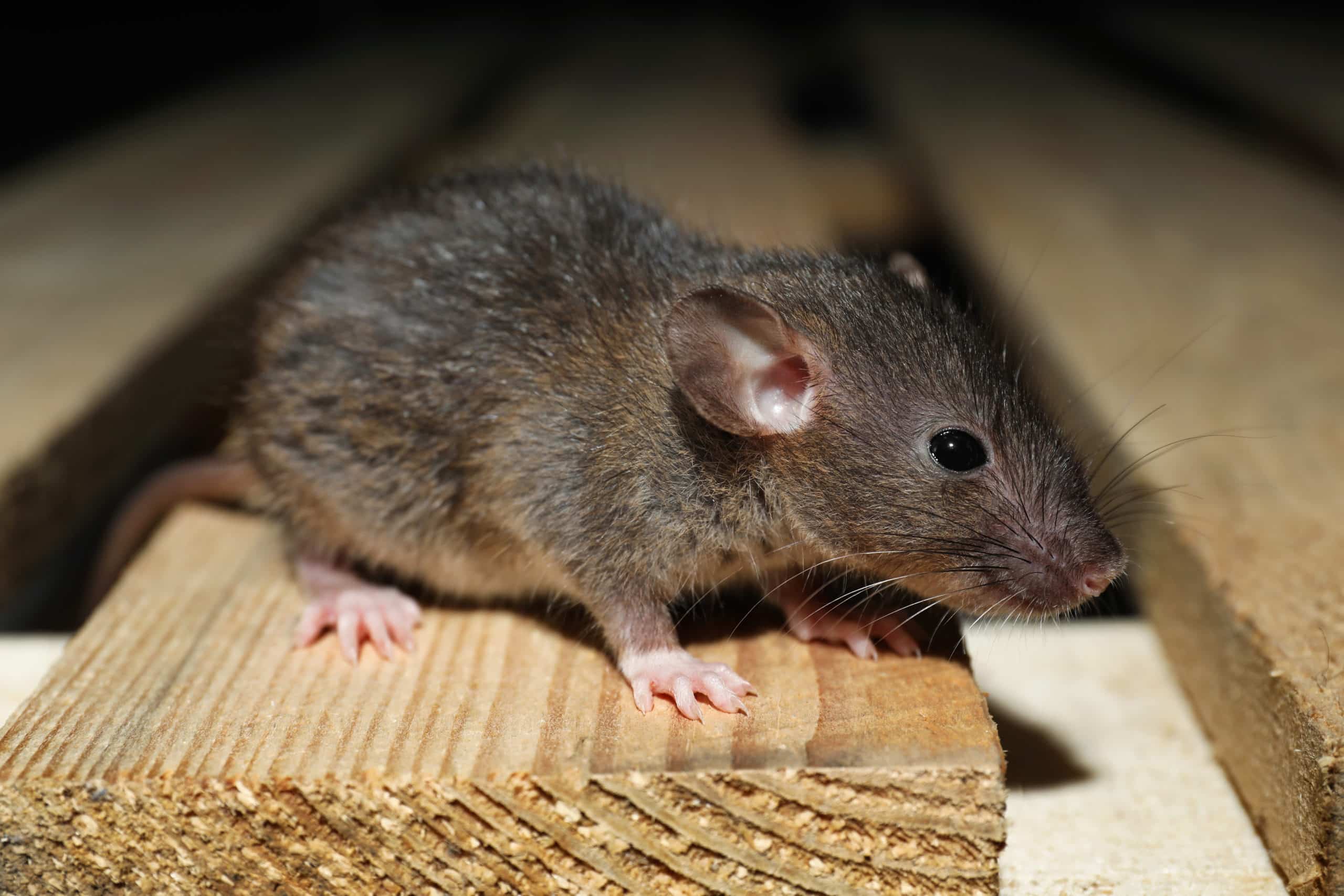Have you been finding little furry visitors in your attic? Many homeowners struggle with rodents sneaking into their houses, especially in spaces like the attic. You may be wondering how mice and rats find their way into the highest space in your home and how you can get them out of there.
You’ll usually see rodents in the basement and areas with food storage, like kitchens and pantries. While those may be the go-to places for rodents, these pesky critters can still occupy your attic and get into your family’s belongings. Learn more about how rodents access your attic and how to tackle the problem with rodent removal below.
Why Am I Finding Rodents In My Attic?
If you’re finding mice or rats in your attic, you want to know how they got there and why. It turns out there are several ways that rodents find their way into an attic. One way is by jumping onto your roof from surrounding trees. Another way is by climbing up downspouts. So what is bringing them to this area of your house?
There are several reasons that mice and rats choose to dwell in your attic. Those include (but are not limited) to the following:
Warmth
Since heat rises, one of the warmest spaces in your home is the attic. During cold weather, rodents that are seeking warmth may gravitate towards your attic to escape the cold.
Safety
Rodents like mice are very timid. They seek out dark, quiet spaces to make their homes. Your attic is the most secluded area of your home, and likely doesn’t have much foot traffic. That makes it an ideal habitat for rodents.
Food
Mice and rats prefer to be close to sources of food. While you may not see your attic as a place to find food, there could be food on things you wouldn’t expect, such as old holiday decorations that have cookie crumbs on them or a box of old kitchen appliances that still have the scent of food on them. Rodents can sniff those remnants out! Plus, all they need is three grams of food per day.
Simple Rodent Removal Methods for Rodents in the Attic
When rodents make their way into your attic, the only way to get them out is through effective rodent removal. The following are just a few simple rodent removal methods you can try yourself:
- Completely clean out the attic and remove any potential food sources
- Place rodent traps throughout the attic
- Seal off any possible entry and exit points
While you can try to get rid of these pesky visitors on your own, seeking professional help for rodent removal is the most effective way to get rid of rodents in your home.
Call Attic Projects for Rodent Removal in Seattle
If you need experts to rid your attic or crawl space of rodents, look no further than Attic Projects in Seattle. Our team of professionals can provide top-notch rodent removal services and ensure that your home is free of furry creatures for good. Call us today to schedule an appointment!




